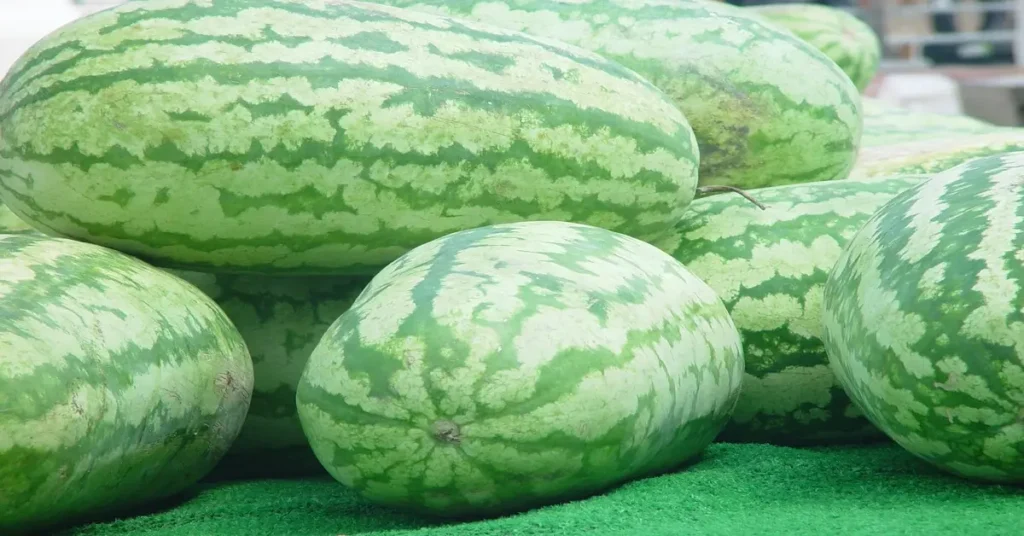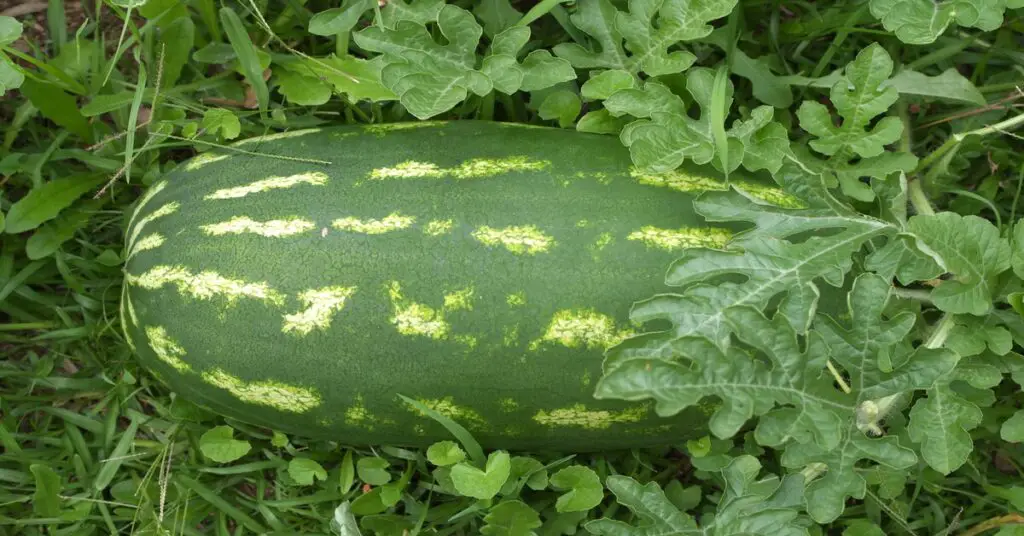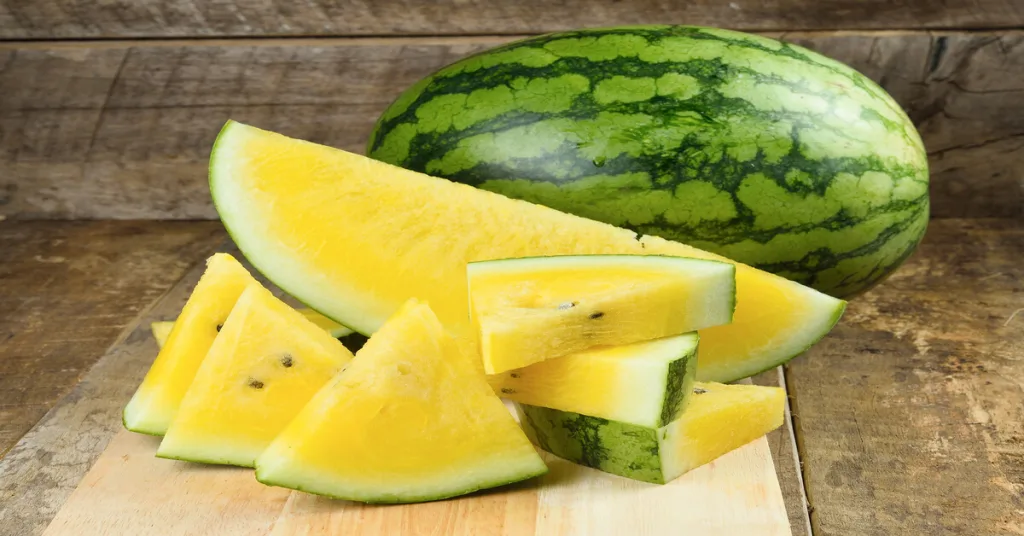Growing watermelons can be a fun and rewarding activity for every gardener. To successfully grow these sweet and juicy fruits, it is essential to understand the different stages of growth. Each stage, from planting seeds to enjoying a ripe watermelon, is crucial to the plant’s life cycle. Let’s take a detailed look at these stages.
1. Watermelon Seed Germination
Planting watermelon seeds initiates the watermelon growth stages. Choose from different watermelon varieties to suit your growing conditions and personal preferences. Sugar Baby watermelon is a popular option for home gardeners.
First, plant your seeds in a warm and moist environment for successful germination. This stage lasts up to 10 days, during which the seed sprouts and develops the first set of true leaves. Germination may vary depending on the watermelon variety.
2. Seedling Development

The next growing stage involves watermelon seedlings. During this phase, the plant will continue to grow, developing more leaves. It is crucial to water the plant consistently to support its growth. The seedling stage typically lasts for about three weeks.
3. Vegetative Growth
Following the seedling phase is the vegetative growth stage. Here, watermelon vines and leaves expand in size and number. Watermelon plants need ample space, as the vines can grow up to 12 feet long. This stage is critical for gathering energy from the sun, which is necessary for the fruit development stage.
4. Flowering
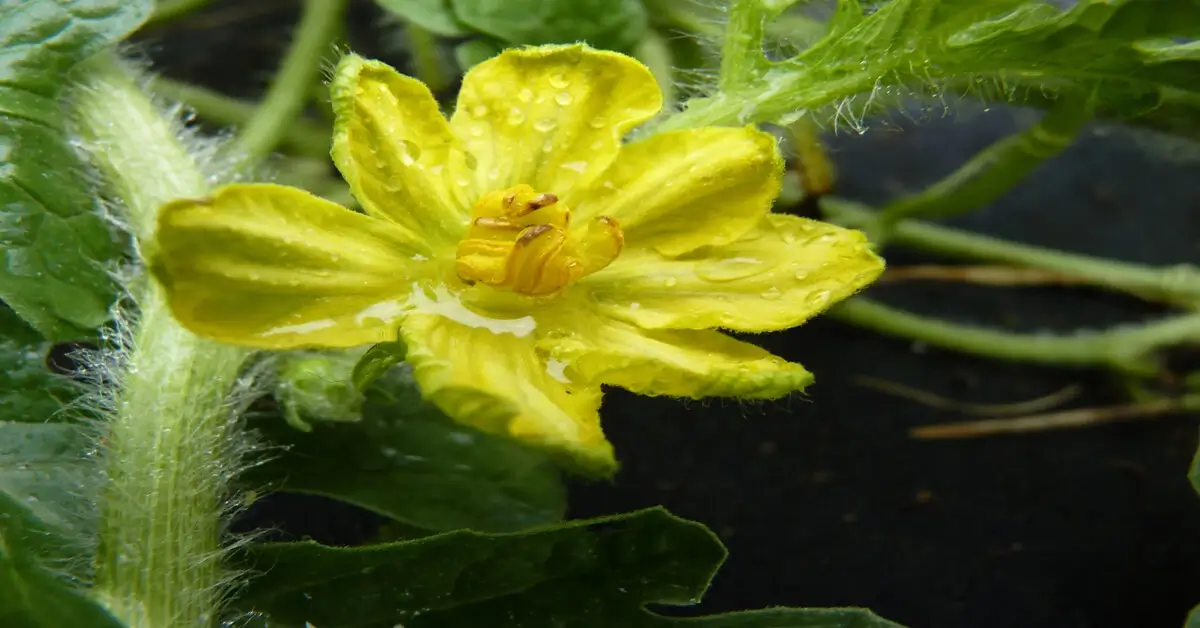
The fourth stage involves the appearance of flowers. Watermelon plants produce male and female watermelon flowers. A single watermelon plant will have more male flowers, which bloom first. The male flower’s role is to provide pollen for the female flowers.
Female flowers have a tiny fruit structure at the base, which becomes the fruit once pollinated. The transfer of pollen from a male to a female flower is essential for a fruit set.
5. Watermelon Fruit Development
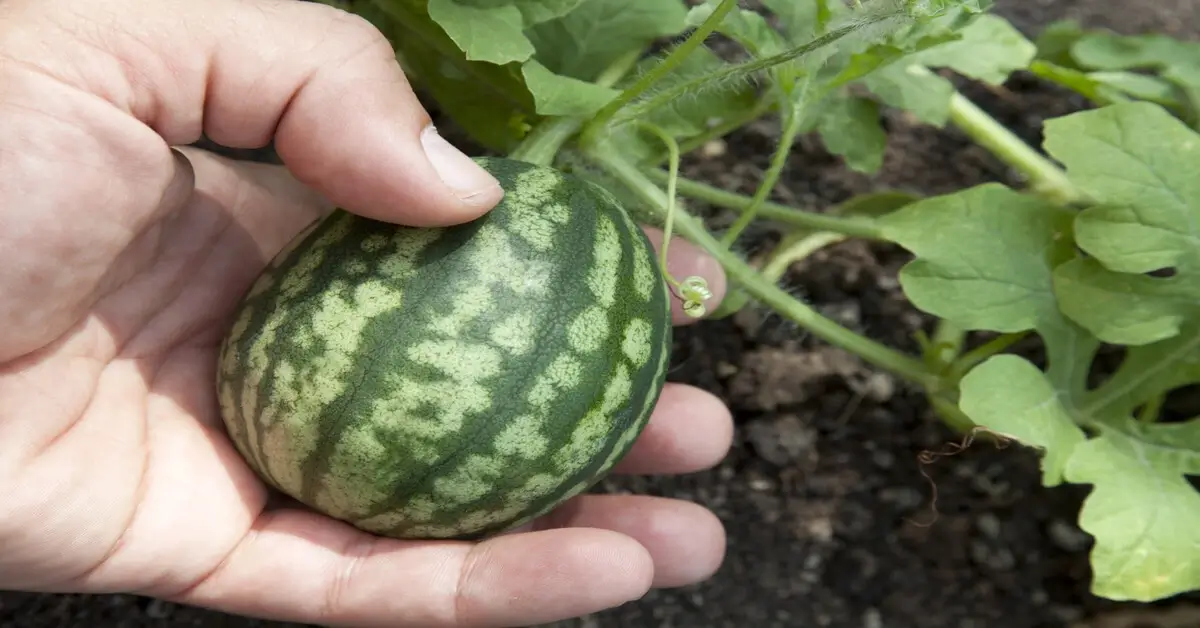
Following successful pollination, the fruit development stage begins. The pollinated flowers set fruit, and the tiny structures at the base of the female flowers grow into watermelons. This stage can take about a month for the fruit to reach full size.
6. Fruit Maturation
During the maturation stage, the watermelon fruit undergoes significant changes. The watermelon will continue to enlarge and develop its characteristic green coloration. This stage requires consistent watering, but overwatering should be avoided as it can cause the fruit to split. It’s crucial to maintain balanced soil moisture levels.
Inspect the fruit for pests and diseases regularly. Applying a layer of straw beneath each watermelon can prevent rot and deter pests. You will notice the skin of the watermelon harden, which helps protect the fruit from pests and diseases.
At this stage, the plant invests all its energy into the fruit. You may observe the vine growth slowing down significantly. This is entirely normal. The fruit also develops its characteristic striped pattern during this stage. Depending on the variety and growing conditions, this phase can last a few weeks.
7. Harvesting
When you notice changes in the field spot color and the tendril nearest the fruit withers and turns brown, the watermelon is ready for harvesting.
Use a sharp knife or gardening shears to cut the stem close to the fruit. Be gentle with your harvested watermelon to avoid causing any damage.
Once harvested, watermelons can be stored at room temperature for about a week. If you’ve refrigerated it, consume it within a few days for optimal flavor. Enjoy the fruit of your labor, relishing your home-grown watermelon’s sweet and refreshing taste.
Proper Care for Your Watermelon Plants
Throughout these watermelon growing stages, ensure your plants get appropriate care. Proper watering, fertilization, and pest management strategies are necessary to yield a successful crop. Remember, watermelons are annual plants, so you’d want to plant new seeds each year.
Conclusion
Knowing the watermelon growth stages is vital to grow these tasty fruits successfully. It involves nurturing the plant from a small seed to a fully-grown plant producing ripe watermelons. Understanding these stages will undoubtedly help enhance your gardening experience.
By staying aware of these stages, you will be well-prepared to deal with potential problems that could kill the plant. Always watch your watermelon plants; soon enough, you’ll be enjoying your home-grown, ripe, and juicy watermelons.

